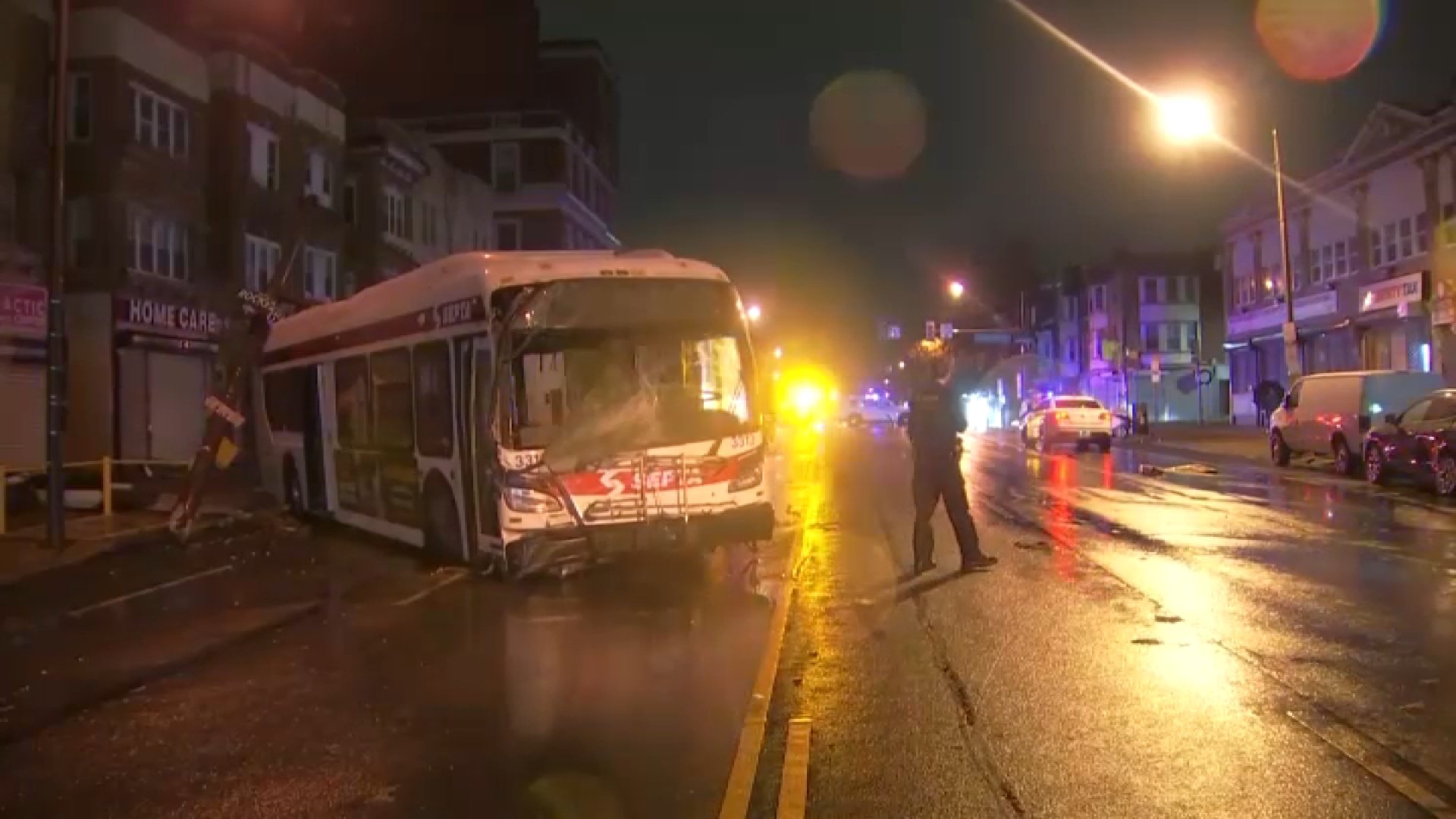For Todd Matthews, it all started with a ghost story shared among teenagers.
It was Halloween night 1987. A 17-year-old Matthews listened as friends tried to spook each other with scary tales -- but one story told was true.
Lori Riddle, the woman who would become Matthews’ wife within a year, spoke of the dead body her father stumbled upon in Scott County, Kentucky in the spring of 1968.
"It was a strange story. A Jane Doe," he said.
Investigators were unable to identify the murdered woman, making her one of the estimated 40,000 nameless people laying dead in the medical examiners’ and coroner’s offices across the country.
"I thought there was one. I couldn’t imagine that there were possibly 40,000," Matthews, 44, said, recalling his youthful naiveté.
Local
Breaking news and the stories that matter to your neighborhood.
For 30 years the slain woman was known as "Tent Girl" -- a reference to the tent bag that held her decomposed body.
"It was a name on a grave, but it was 'Tent Girl,' not her real name," he said. "That was the only name that she had."
Disturbed that "Tent Girl" -- then thought to be a teenager -- could be killed and buried without her family knowing stirred memories of Matthews’ brother and sister, who passed away as infants.
Her death stirred memories of his brother and sister who passed away as infants.
"She was no different from my siblings," he said. "Somebody is just like me out there and they want to be able to visit their sibling. I guess I sort of adopted her; then you are my sibling until I can find your siblings."
While visiting his new bride’s family in her Kentucky hometown, Matthews would stop by the crime scene, as well as the grave of "Tent Girl," and pepper his father-in-law with questions.
His curiosity soon evolved into a serious hobby. "I don’t want to say I was dangerously obsessed, but I was very into that case," he said. "I'd determined I’m going to try to find her family."
After finishing his shift as a minimum wage factory worker at an auto parts manufacturing plant, Matthews would spend his nights investigating.
The proliferation of the Internet in the early 1990s amped up Matthews’ ability to research possible identities and ate up more of his time.
In November 1997 – ten years into his search -- Matthews created a website, TentGirl.com, expecting the woman’s family to contact him.
When that proved futile, his patience grew thin and the amateur detective got back to sleuthing.
He combed an online classifieds site, a precursor to today’s Craigslist, and discovered a post in January 1998 from an Arkansas woman searching for her sister, Barbara Ann Hackman Taylor.
The details in the listing, like timing and geography of where Hackman Taylor was last seen and her age, corresponded with “Tent Girl.”
"And I did what we shouldn’t do," he admitted. "I made a cold call to the family."
Just as quickly as the online post brought Matthews relief, a sense of dread washed over him.
"I thought: 'I’m going to end all their dreams,'" he said. "Hearing the voice of the family, you realize you’re probably hearing a voice very similar to the person [they] were looking for."
"All these things just run through your mind," he remembered. "Does she look like her? What’s she going to think if this is her? Is she going to cry? Or is she going to be relieved?"
Thankfully, on the other end of the phone call, Hackman Taylor’s sister remained composed and the two hashed out what to do next.
Matthews connected with Scott County law enforcement. Family photographs were compared to autopsy images – which then led to a request to exhume the body. A DNA match confirmed Taylor was "Tent Girl."
Hackman Taylor was likely 24-years-old when she died. Her murder remains unsolved.
But giving "Tent Girl" a name after 11 years of work – Matthews essentially living a double life, blue-collar worker by day, detective by night – wasn’t enough.
"I thought, 'We sent this one home. Maybe just one more. Or two more,'" he said.
He continued to work at the factory, although in an office job, while simultaneously contributing to the development of the Doe Network, an online network of volunteers who assist investigators with missing persons and unidentified remains cases on three continents.
Matthews founded Project EDAN – a group of certified forensic artists who voluntarily create composite sketches and clay reconstructions of unidentified remains to aid law enforcement.
Over the years, others contacted him to request help tracking down their missing family member. He began using his personal Facebook page to answer the questions of distraught relatives – his friend count stands at 3,640.
In time, even the professionals turned to Matthews. The Department of Justice included him in the earliest conversations on how the nation should approach missing persons cases and then enlisted his help in the creation and development of the National Missing and Unidentified Persons System (NamUs).
Matthews took on his current role, NamUs director of case management and communications, in 2011.
"I’m not sure my father-in-law knew the impact of the identification of the 'Tent Girl' in my life," Matthews said. "It was creating a second identity for me."
Contact Alison Burdo at 610.668.5635, alison.burdo@nbcuni.com or follow @NewsBurd on Twitter.



